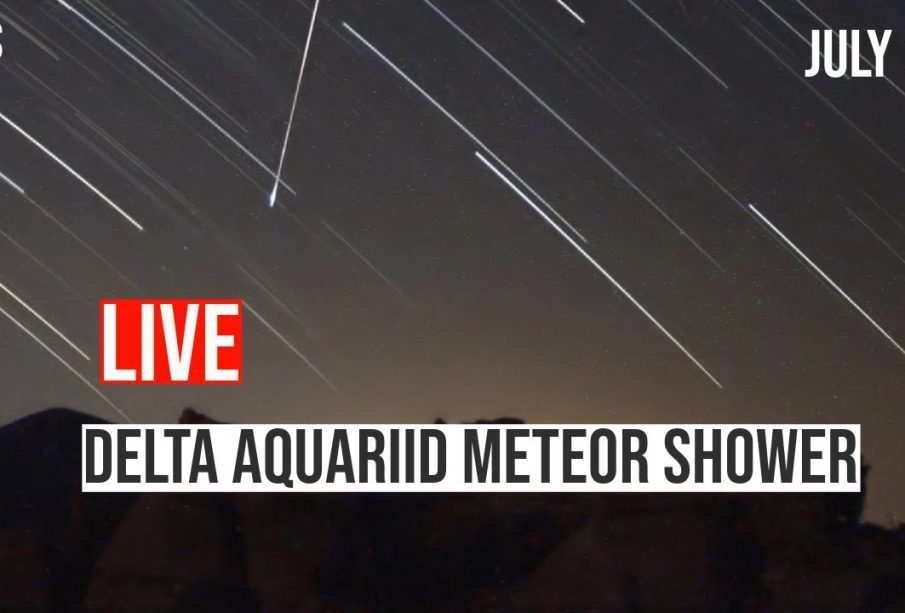Exploring the Fascinating World of Meteor Showers

Introduction: The Marvel of Meteor Showers
Meteor showers have captivated stargazers and astronomers for centuries. These celestial events occur when numerous meteors streak across the night sky, creating a spectacular display. Understanding meteor showers is crucial not just for enthusiasts but also for scientific research, as they reveal insights about our solar system and the cosmos.
Understanding Meteor Showers
Meteor showers occur when Earth passes through trails of debris left by comets or asteroids. As these particles, mostly the size of grains of sand, enter the Earth’s atmosphere at high speeds, they burn up, creating bright lines of light that we observe as “shooting stars.” The timing and frequency of meteor showers depend largely on the orbit of the parent comet. Some of the most well-known showers include the Perseids, Geminids, and Quadrantids.
Upcoming Meteor Showers
As of now, the Geminid meteor shower, one of the most prolific showers, is set to peak around December 13-14, 2023. With the potential to produce up to 120 meteors per hour, this event promises to deliver a stunning view for observers. The best time to witness this shower is during the pre-dawn hours, away from city lights.
Furthermore, the Quadrantids meteor shower in January will follow, providing another opportunity for sky watchers. Known for its bright meteors and sharp peaks, it is an anticipated event in the astronomical calendar.
The Significance of Meteor Showers
Meteor showers are significant not only for their beauty and the awe they inspire but also for their role in expanding our understanding of the universe. Researchers study meteorites that survive their journey through the atmosphere to learn more about the composition of our solar system. Each meteor shower can potentially yield valuable data about the behavior of cosmic particles and contribute to ongoing research in astrophysics.
Conclusion: A Call to Stargazers
Meteor showers are more than just a visual delight; they are gateways to understanding our universe. As the public becomes more aware of these events, there is hope for increased interest in astronomy and space science. With upcoming meteor showers on the horizon, enthusiasts and newcomers alike are encouraged to step outside and witness this celestial phenomenon firsthand. Such experiences can inspire curiosity about the night sky and the science behind it.








